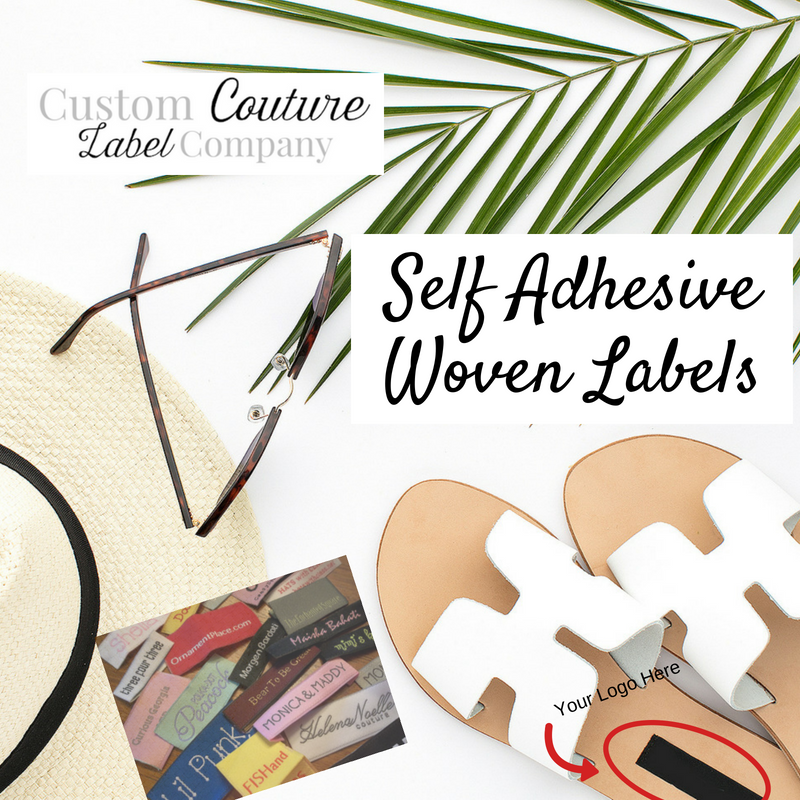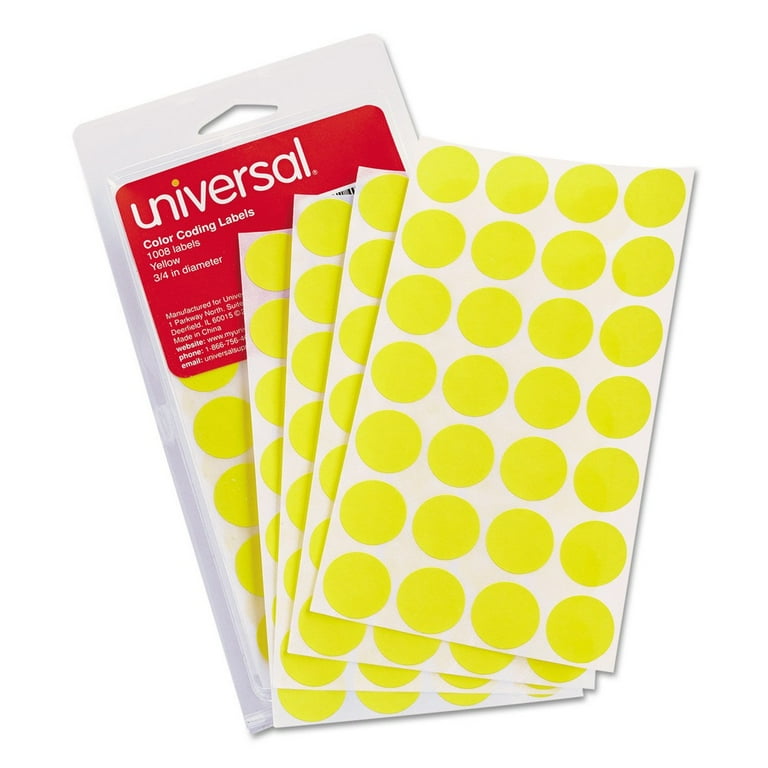Popular Industries Making Use Of Self-Adhesive Labels Efficiently
Popular Industries Making Use Of Self-Adhesive Labels Efficiently
Blog Article
Choosing the Right Self-Adhesive Labels for Your Organization and Individual Needs
Picking the suitable self-adhesive labels for both service and individual applications requires a nuanced understanding of different variables that influence their effectiveness. As we check out these critical components, it comes to be clear that a calculated strategy is necessary to ensure your labels not just meet assumptions yet also boost your general branding and organization efforts.

Understanding Label Products
When selecting self-adhesive labels, recognizing the various label products is important to ensuring ideal performance and longevity. The selection of material directly influences the label's performance, durability, and look. Typical tag materials consist of paper, polyester, vinyl, and polypropylene, each offering distinctive benefits and downsides.

Polyester labels supply remarkable sturdiness, being immune to tearing, dampness, and UV light. This makes them an excellent option for industrial applications or products that need resilient labeling remedies (Self-Adhesive Labels). Polypropylene, while comparable to polyester, is generally less pricey and provides a great equilibrium of resilience and print quality
Furthermore, take into consideration glue kinds-- long-term, detachable, or repositionable-- relying on your specific demands. Ultimately, selecting the best tag product is essential for accomplishing the preferred result, guaranteeing that your labels execute successfully in their designated atmospheres.
Identifying the Right Dimension
Picking the ideal size for self-adhesive labels is a fundamental step that enhances the choice of tag materials. The dimension of a tag can dramatically affect its performance, visibility, and general effect. It is vital to think about the desired usage of the tag when establishing its dimensions.
First of all, examine the information that needs to be presented. Tags consisting of even more text or graphics will require bigger dimensions to ensure readability and visual appeal. Conversely, minimal layouts might benefit from smaller sized tags that keep a sleek aesthetic.
Furthermore, take into consideration the surface on which the tag will be applied. Various surface areas, such as boxes, bottles, or envelopes, might dictate details size requirements to optimize attachment and visibility.
Additionally, think about the quantity of tags needed; bigger labels might be much more cost-efficient for mass printing.
Evaluating Adhesive Stamina
Just how can one make certain that self-adhesive labels remain firmly affixed in various conditions? Evaluating adhesive strength is critical for assuring that tags perform optimally, whether in a controlled setting or subject to extreme temperature levels, humidity, or various other variables.
For circumstances, removable adhesives are perfect for tags that may require to be rearranged or eliminated without residue, making them ideal for momentary applications. On the other hand, long-term adhesives are made to withstand different conditions and offer a solid bond, making them ideal for long-term labeling demands.
Testing the glue toughness can include peel bond tests, which determine the force needed to eliminate the label from a surface area. If the adhesive will perform properly in real-world scenarios, this assessment aids determine. Additionally, thinking about the surface area material is important, as different substrates may connect with the glue in different ways. Eventually, choosing the ideal glue stamina ensures that self-adhesive tags meet their purpose, maintaining stability and visibility throughout their intended lifespan.
Picking the Right Complete
The surface of self-adhesive tags plays a significant function in their general performance and appearance, enhancing the glue toughness formerly discussed (Self-Adhesive Labels). The choice of finish can influence not just the visual effect of the label but additionally its longevity and performance. Common finishes include matte, gloss, and semi-gloss, each serving various objectives
A matte finish supplies a non-reflective surface that is suitable for composing, making it suitable for tags that call for hand-written information. This surface also has a tendency to conceal fingerprints and smudges, enhancing the tag's appearance gradually.
Alternatively, a gloss surface uses a shiny, vibrant look that enhances shade saturation, making it excellent for advertising labels image source that need to stand out. Nevertheless, view publisher site this finish might be much less appropriate for writing, as it can smudge conveniently.
Semi-gloss finishes strike a balance in between both, using a small luster while preserving good writeability. Furthermore, think about variables such as wetness resistance and UV protection, particularly for labels subjected to rough settings. By meticulously picking the appropriate finish, people and organizations can guarantee their labels successfully convey their designated message while maintaining toughness.

Considering Printing Options
Evaluating printing options is important for optimizing the efficiency of self-adhesive labels. The approach you choose will considerably influence the top quality and resilience of the end product. Self-Adhesive Labels. Typical printing techniques include digital, flexographic, and thermal transfer printing, each offering distinctive advantages and considerations
Digital printing is suitable for variable information and brief runs, permitting quick turnaround times and customization. This method makes it possible for organizations to create tags with high-resolution graphics and elaborate layouts without sustaining substantial setup costs. However, it might not be the most cost-efficient choice for bigger quantities.
Flexographic printing, on the other hand, is well-suited for high-volume production. It makes use of flexible relief plates to transfer ink onto various products, making certain consistent top quality throughout huge sets. This method is commonly favored for its performance and capability to publish on a large range of substrates, consisting of those with special finishes.
Thermal transfer printing is one more feasible choice, specifically for labels that require toughness against harsh problems. This approach supplies phenomenal print high quality and is generally made use of for barcode and stock tags.
Ultimately, selecting the right printing option depends upon your certain labeling requirements, budget, and production quantity.
Conclusion
Finally, choosing the proper self-adhesive labels necessitates mindful consideration of various variables, including tag products, size, glue strength, surface, and printing choices. Each facet plays a vital role in making sure that the tags meet particular service or individual requirements effectively. By thoroughly examining these aspects, services and individuals can accomplish optimum results, boosting both capability and visual charm in labeling applications. Inevitably, educated options lead to better satisfaction and success in label utilization.
When choosing self-adhesive tags, understanding the numerous Home Page label materials is vital to making sure optimum performance and durability.Selecting the suitable size for self-adhesive tags is an essential step that complements the option of label materials. Eventually, selecting the best sticky toughness ensures that self-adhesive tags accomplish their objective, preserving stability and exposure throughout their intended life expectancy.
The coating of self-adhesive labels plays a significant function in their total efficiency and appearance, complementing the sticky stamina previously talked about.In final thought, selecting the proper self-adhesive tags requires cautious consideration of various aspects, including label products, size, adhesive stamina, finish, and printing choices.
Report this page